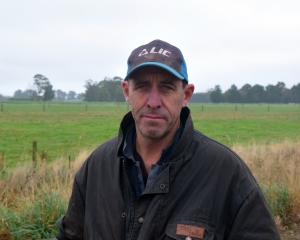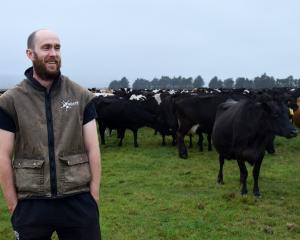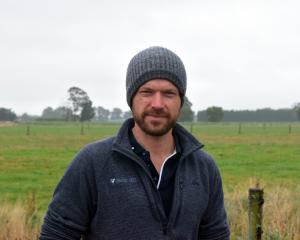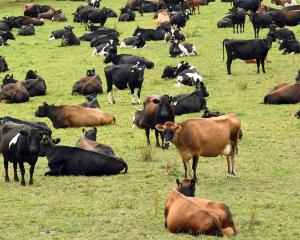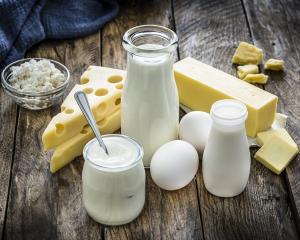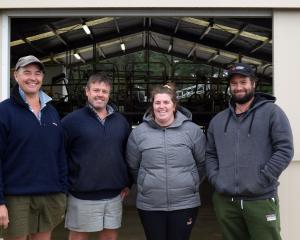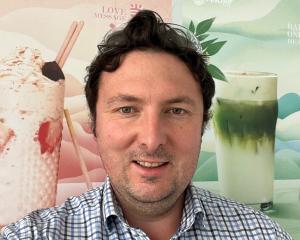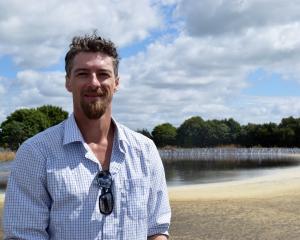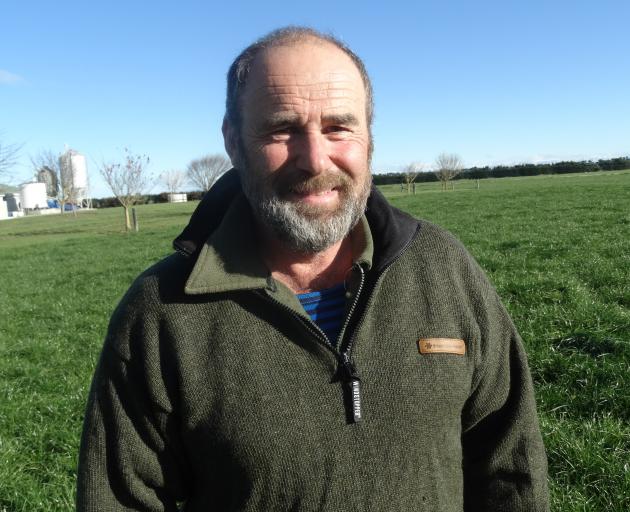
Mr Ireland (53) farms with his wife, Nina, not far from Fonterra's Clandeboye plant at Rangitata Island and has just stepped down after a four-year term on the board of Jersey NZ due to family and other commitments.
''We're seeing increased interest in Jersey now,'' he said.
''Over the last five years we received higher international commodity prices for milk fat than previously.
''Milk fat has been returning higher prices than milk protein and the Jersey breed here have far higher milk fat components in their milk and are very efficient at converting feed to milk.
''Because the Jersey is more efficient generating income from feed it has the lowest environmental footprint.
''It's all about sustainability now and the breed is very sustainable.''
Statistics compiled by Jersey NZ show the breed outperforms all other dairy breeds with 13% more fat per kg lightweight than other breeds, 9% more milk solids per kg livestock and 18% better feed conversion efficiency.
Mr Ireland said there had also been an increase in Jersey semen sales in New Zealand, having risen 15% to 20% in the past two years.
''We should see the national dairy herd change to a more brown colour in the next three to four years.
''It's a great time to be a Jersey farmer; we're seeing a higher price for the cows and other breeders outside Jerseys are wanting to invest in Jersey genetics.''
Mr Ireland said he was pleased with his term on Jersey NZ's board.
''We re branded Jersey NZ and we've now got a bull breeding venture with Livestock Improvement Corporation.''
As far as the hotly debated issue of climate change and the farming's impact on the environment, Mr Ireland said there had to be a balance.
''Some of the methane gas emission targets are over the top.
''What we've been doing here is reduce stock numbers over the last three years and the potential for leaching and we've invested a lot with flow meters on wells, moisture probes for irrigation, collars on the cows indicating grazing rates and when they're in season.
''As farmers we're well aware of the environmental impact; we have significant recovery now and environmental plans in place.''
Mr Ireland and his wife, Nina, who have two daughters, Emily (21) and Kate (13), started farming in the North Island and came to the South Island as 50:50 sharemilkers in 1996.
They took up their Rangitata property in 2003, converting it to dairy, and now have 535 cows, with another nearby support farm for bull rearing.
When they arrived the area was mainly sheep, dairy bulls or cropping.
''Now we see there's 60% to 70% in dairy. There's been big growth after we came here.
''There was more dairy round the factory at Clandeboye, with the heavier soils, and Rangitata has lighter soils. Earlier, without irrigation, they couldn't sustain dairy cows.''
Although Mr Ireland is no longer on Jersey NZ's board he will remain actively involved.
''I'm still convener of the Jersey genetics committee.''
-By Chris Tobin


